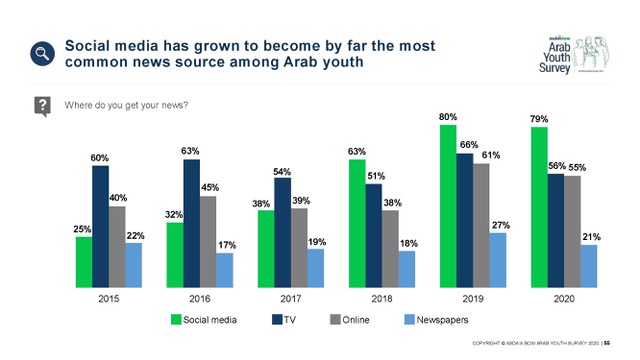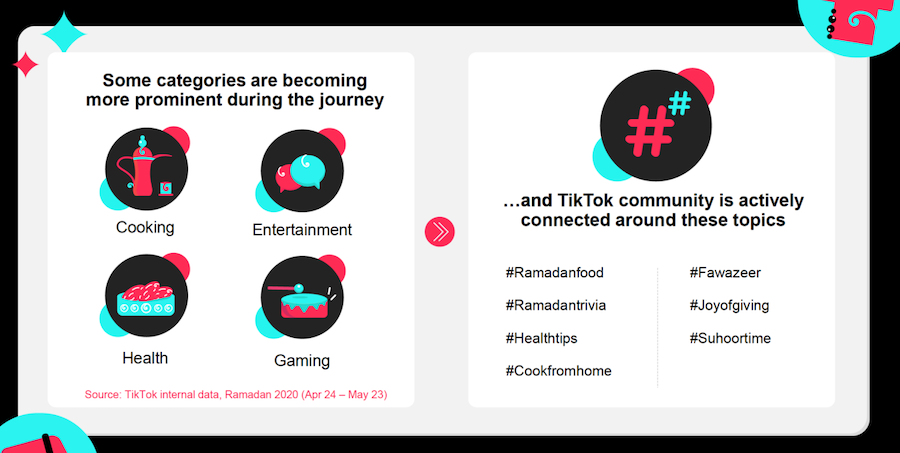
Protesters in Aden, Al Mansoora during the Arab Spring 2011 calling for the secession of South Yemen from the North
Credit: AlMahra under Creative Commons Attribution-Share Alike 4.0 InternationalDamian Radcliffe is the Carolyn S. Chambers Professor in Journalism at the University of Oregon, a fellow of the Tow Center for Digital Journalism at Columbia University, an honorary research fellow at Cardiff University’s School of Journalism, Media and Culture Studies, and a fellow of the Royal Society for the Encouragement of Arts, Manufactures and Commerce (RSA)
It is now a decade since the Arab Spring, a period of upheaval and turmoil that continues to have repercussions across the region.
Although its importance has arguably been overstated, social media played an important role in contributing to the organisation of protests and enabling outside journalists to get a sense of what was happening on the ground.
As someone who has been tracking this scene in a series of annual reports since 2012, here are ten ways that social media has changed in the Middle East in the decade since the Arab Spring.
Facebook falls out of fashion (but not everywhere)
At the time, the biggest social network in the world was seen as a key player in the Egyptian revolution, as well as other regime changes in North Africa.
Since then, Facebook fatigue appears to have impacted parts of the region, but it is notable that Egypt, Morocco and Algeria are ranked in the top 10 territories for the fastest growing number of Facebook users.
Egypt is the largest market for Facebook in the Middle East and North Africa (MENA) with 48.8 million users at the end of last year. In contrast, data from May 2012, showed there were 45 million users across the entire MENA region at that time.
Twitter sees similarly mixed messages
Twitter has seen a similar decline in some markets. Northwestern University in Qatar's 2019 study into media use in the Middle East highlighted that – in the seven nations studied – use of the network among Arab nationals had dropped from 45 per cent in 2013 to 22 per cent in 2019.
That said, Turkey (6th), Saudi Arabia (8th) and Egypt (18th) are all in the top 20 countries with the highest audiences for Twitter; and in each market, numbers continue to grow.

Image: Changing social media habits, via Northwestern University in Qatar
Snapchat becomes a Saudi sensation
One of the reasons that older social networks – like Facebook and Twitter – have seen mixed fortunes in the Middle East has been because of the hype surrounding newer, more visually-led services.
Snapchat now reaches 67 million unique users in the region each month, up 38 per cent year-on-year (as of October 2020). The app reaches 60 per cent of 13-24-year-olds in UAE and 90 per cent of 13-34-year-olds in Saudi Arabia. There are more users in Iraq (9.6m) than Canada, Indonesia, or Russia.
Viewing time on Snapchat Discover has increased by over 50 per cent year-over-year; and users in Saudi Arabia watch more content on Snapchat Discover every day than any of the top 10 TV channels.
Instagram taps into a love of visual media
It is worth remembering that Snapchat was founded in 2011, the same year as the Arab Spring. Similarly, Instagram was only two months old when uprisings began in December 2010. A decade on, it has more than 1 billion users worldwide.
Three MENA nations — Turkey 6th (at 44 million), Saudi Arabia 16th (15 million) and Egypt 20th (14 million) — are in the top 20 for largest audiences, by country, for Instagram in the world.
More than half of people online in Kuwait (4th/66 per cent of the internet population), Turkey (5th/ 66 per cent), Bahrain (9th/61 per cent), and Israel (17th/56 per cent) are all active on Instagram.
Live streaming transforms access to protests
During the Arab Spring, journalists like Andy Carvin used Twitter as a key conduit into what was happening on the ground, leading Columbia Journalism Review to ask "Is this the world's best Twitter account?"
For regimes anxious to dampen disquiet, shutting off the internet – and blocking access to social media services – has been a common tactic during periods of protest.
However, the streaming potential now afforded on social networks has been a game changer. Instead of waiting to upload content online - at home, or wherever you could get a fast enough connection – events are beamed onto screens around the world in real time.
In October 2019, when Facebook, Twitter, WhatsApp, Instagram were blocked, NBC News used Snapchat’s interactive heatmap to cover protests taking place in Iraq, with the map enabling them "to view hundreds of videos" coming in from cities across the country.
Social Media emerges as a major channel for news
79 per cent of Arab youths say they get their news from social media. That is up from 25 per cent in 2015, according to the latest Arab Youth Survey.
Back in 2019, the survey found that half of Arab youths said they got their news from Facebook on a daily basis, some way ahead of other channels, such as online portals (39 per cent), TV (34 per cent) and newspapers (4 per cent).

Image: Changing news habits, via Arab Youth Survey 2020
Silicon Valley begins to cater for Arabic users
It was not easy for Arabic speakers to initially use many of the older social networks.
Only in early 2012, a year after the main events of the Arab Spring, was Twitter made available in 'right to left' languages such as Arabic, Farsi, Hebrew and Urdu.
To make that possible, 13,000 volunteers continued their time and skills to localise Twitter into these languages. Facebook was a little ahead of this curve, launching an Arabic version in 2009.
According to the language learning app Babbel, Arabic is the fifth most spoken language in the world with more than 300 million speakers.
Platform manipulation new political battleground
The emergence of "electronic armies" across the region has becoming a growing cause for concern as social networks become a key platform for cyberwarfare.
Shia Islamist political, military and social organisation Hezbollah has trained thousands of social media activists, The Telegraph reported last year. It has taught participants how to make videos, digitally alter photographs and spread online disinformation. Meanwhile, after the murder of Washington Post journalist Jamal Khashoggi social channels were weaponised to stress denials of involvement by the Saudi government.
Networks such as Facebook, Twitter and Telegram, are actively involved in identifying – and taking down – accounts stemming from Islamic State or other terrorist (or alleged terrorist) groups, as well as "coordinated inauthentic behaviour", designed to mislead or promote pro-government messages.
Social Media laws emerge
Alongside these efforts, there are further concerns about freedom of expression and online privacy are shaping online behaviours in the Middle East, as more government crack downs.
In Egypt, a 2018 law classified social-media accounts with more than 5,000 followers as media outlets. As Arab News explained, "under the new law, social-media users with a large following can be subject to prosecution for spreading false news or inciting crime."
What constitutes "false news" can be hard to determine, and these types of laws – seen across the region – can often be rather ambiguous. Human rights activists, journalists and other social media users have all been potentially impacted by these developments.
Ramadan content
Finally, with the Holy Month of Ramadan beginning this month, we can expect that people across the Middle East will continue to be highly active on social media during this period. Snapchatters in UAE, Saudi Arabia, and Kuwait, spent 77 minutes a day on the app during Ramadan 2020.
With time spent on social networks often spiking over the course of the month, platforms have sought to tap into this by commissioning special programmes and other content. Just as broadcasters in the region have long-aired special dramas and soaps at this time of year, social networks have followed suit.
Snapchat created 40 new shows during Ramadan last year, while Facebook rolled out a series of content partnerships including a 10-part series with CNN International.
New kid on the social block, TikTok, reported last year that consumption during Ramadan saw video viewership increase by 17 per cent, with engagement up 91 per cent.
The pandemic inevitably had an impact on TikTok's numbers, but the long-time trendlines, and importance of social media – as a source of entertainment, religious and cooking based content - has been visible for some time.

Image: via Arab News
"How The Middle East used Social Media in 2020" by Damian Radcliffe and Hadil Abuhmaid, is free to download in English and Arabic from the UAE-based New Media Academy’s website.
Free daily newsletter
If you like our news and feature articles, you can sign up to receive our free daily (Mon-Fri) email newsletter (mobile friendly).
Related articles
- Are plugs on social videos worth it?
- How the TikTok ban in the US could silence Gen Z’s newsrooms
- What the news community says about Zuck’s plans to bin fact-checking
- Boost your social media game on BlueSky: Three dos and don'ts for journalists
- Predictions for journalism 2025: social media, influencers and content creators











